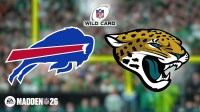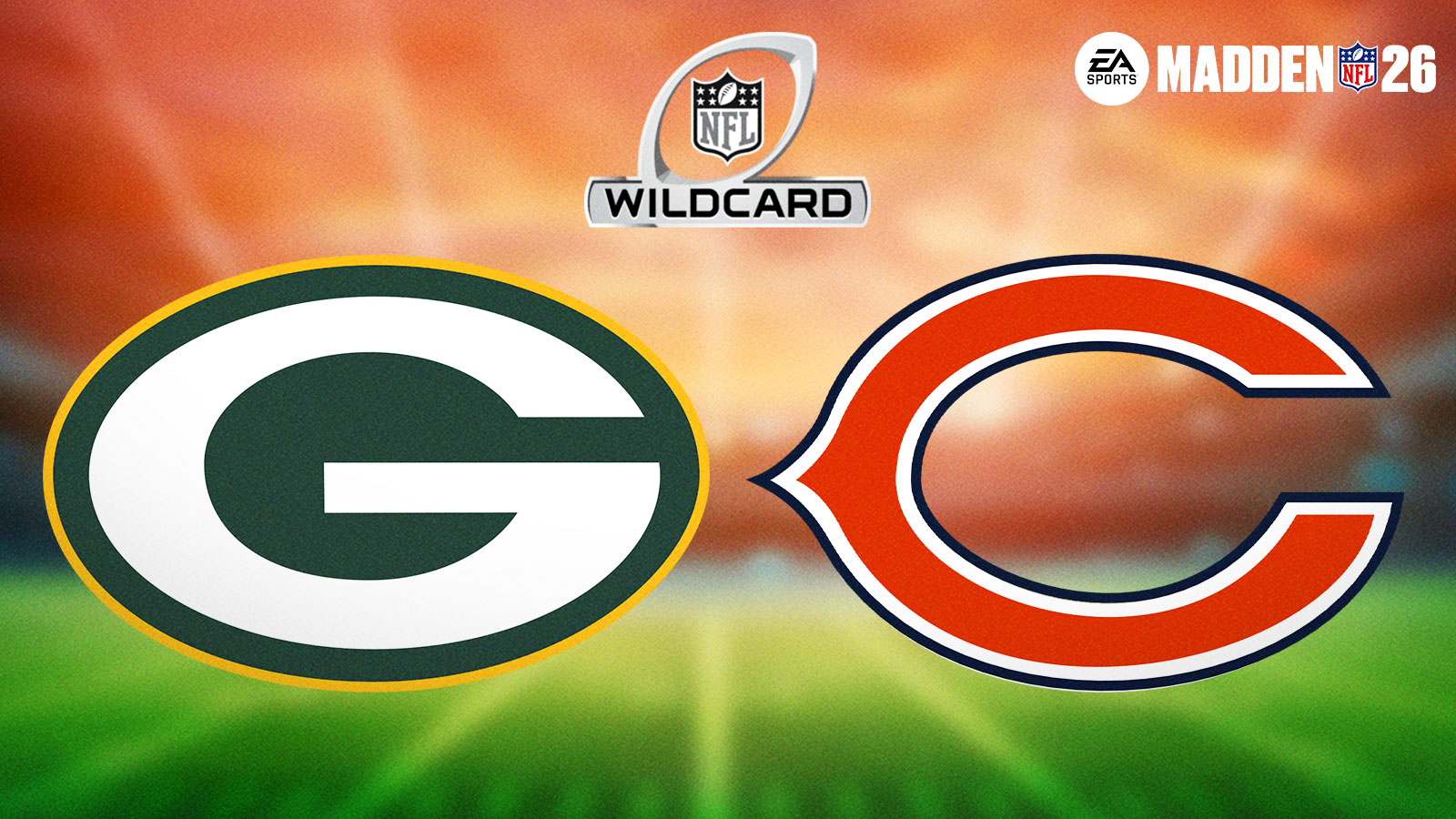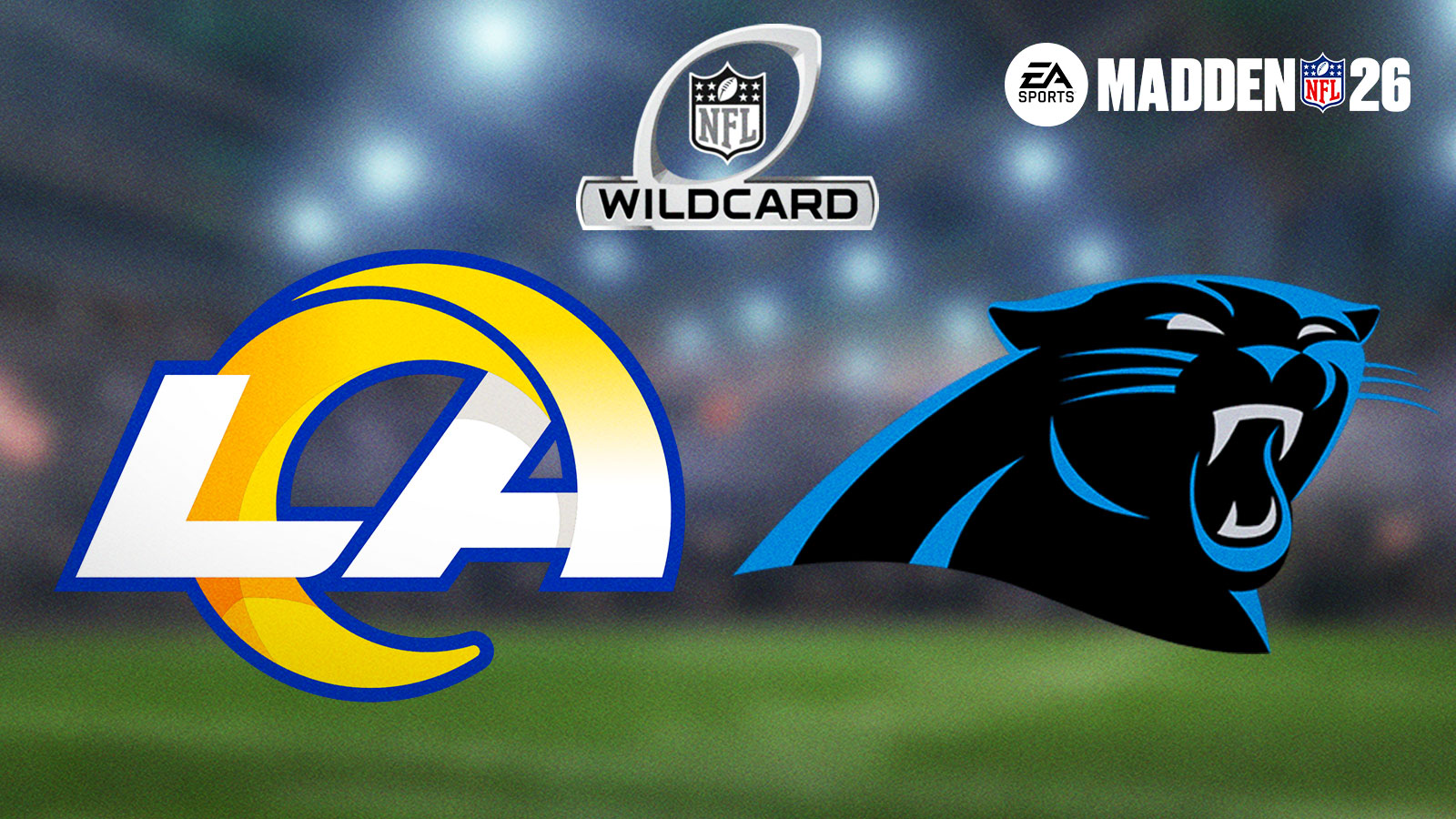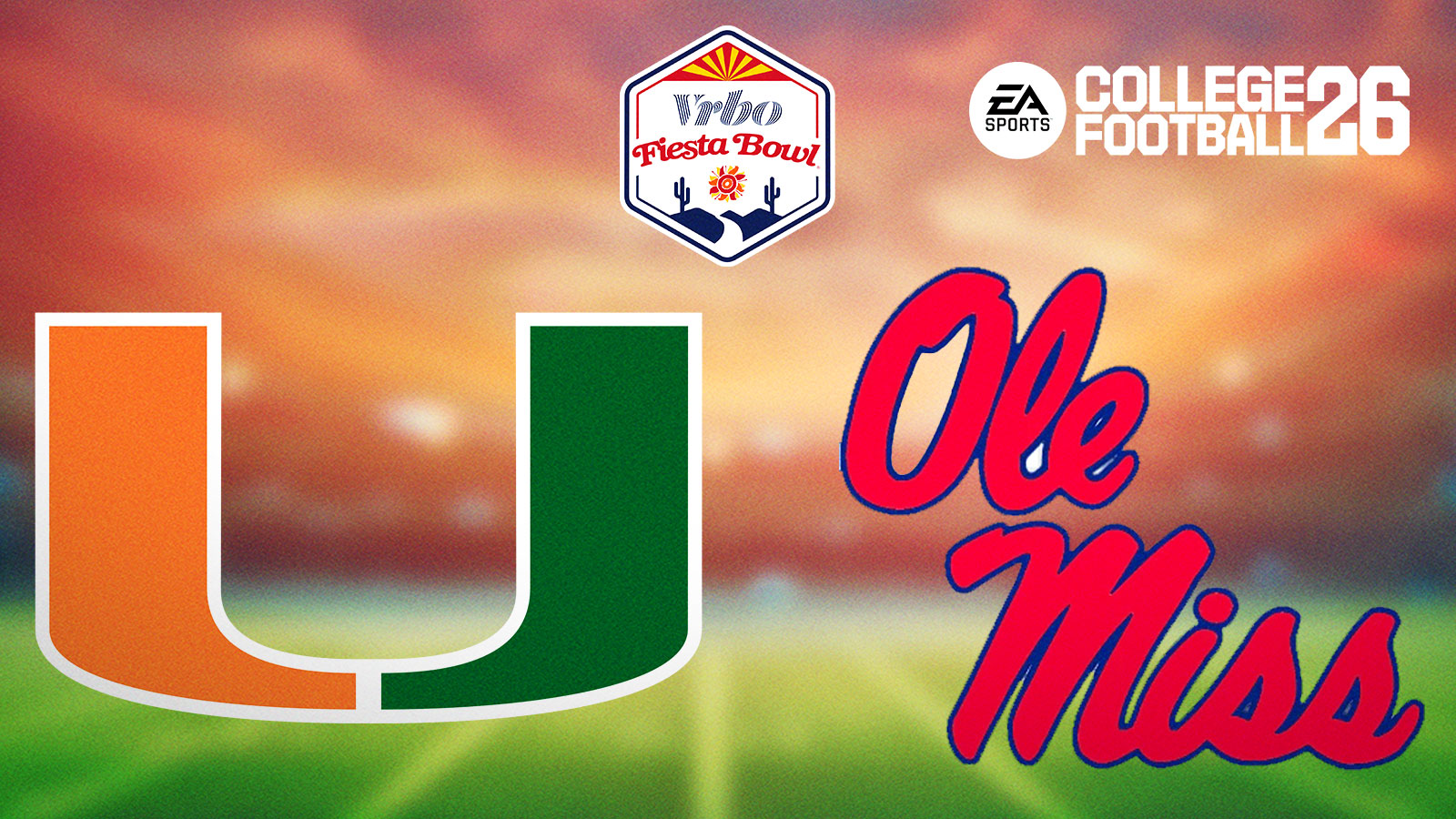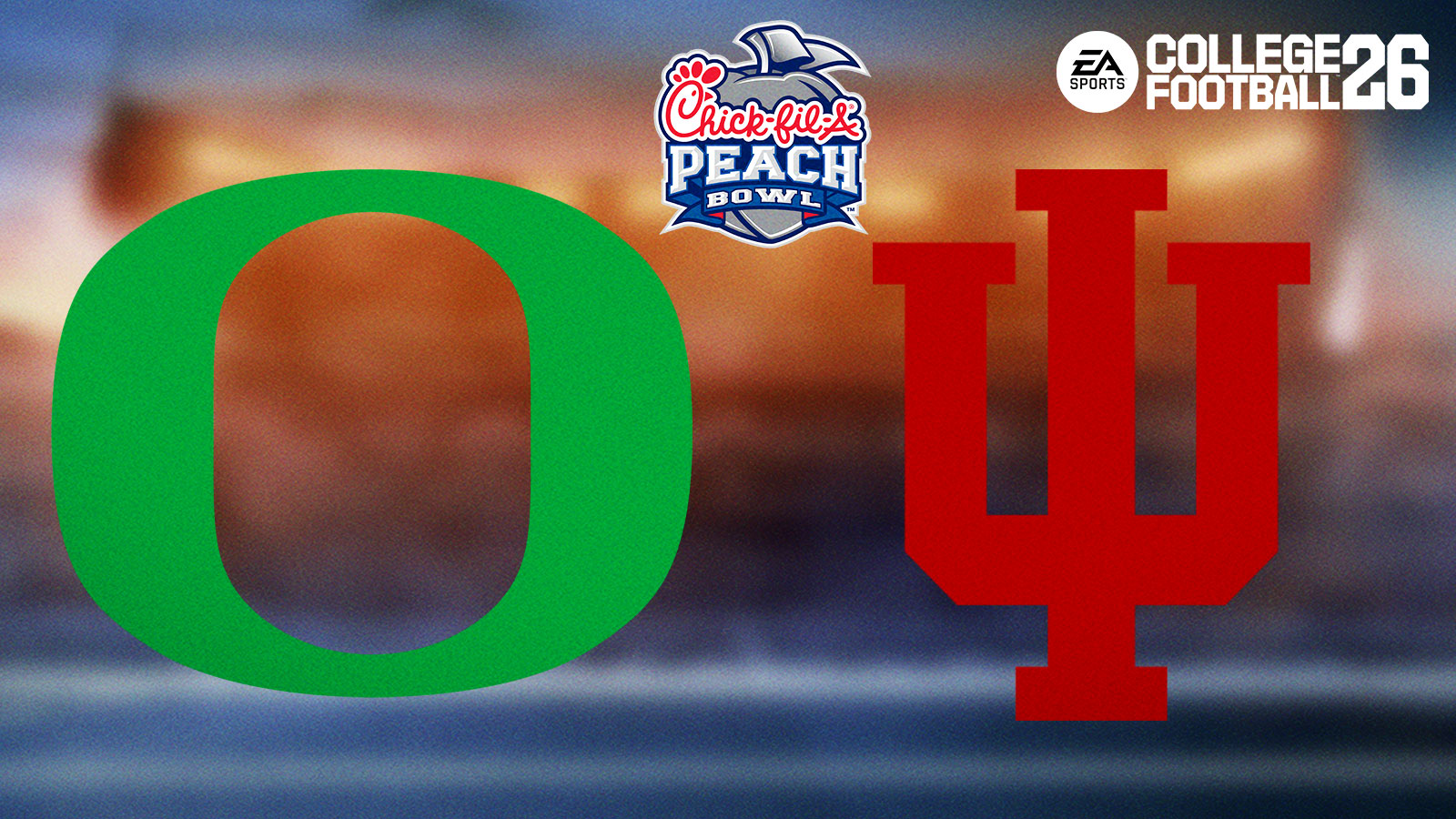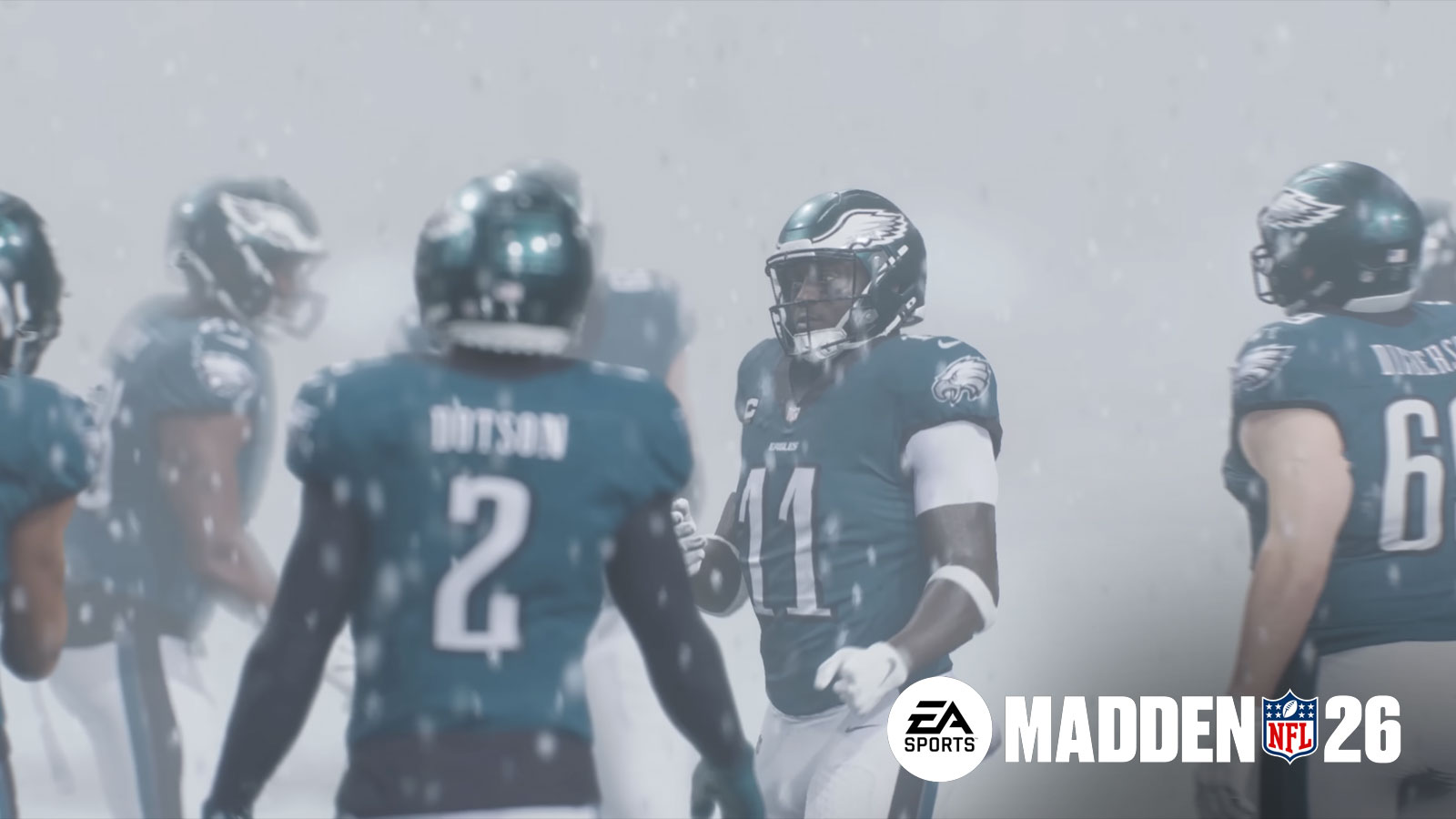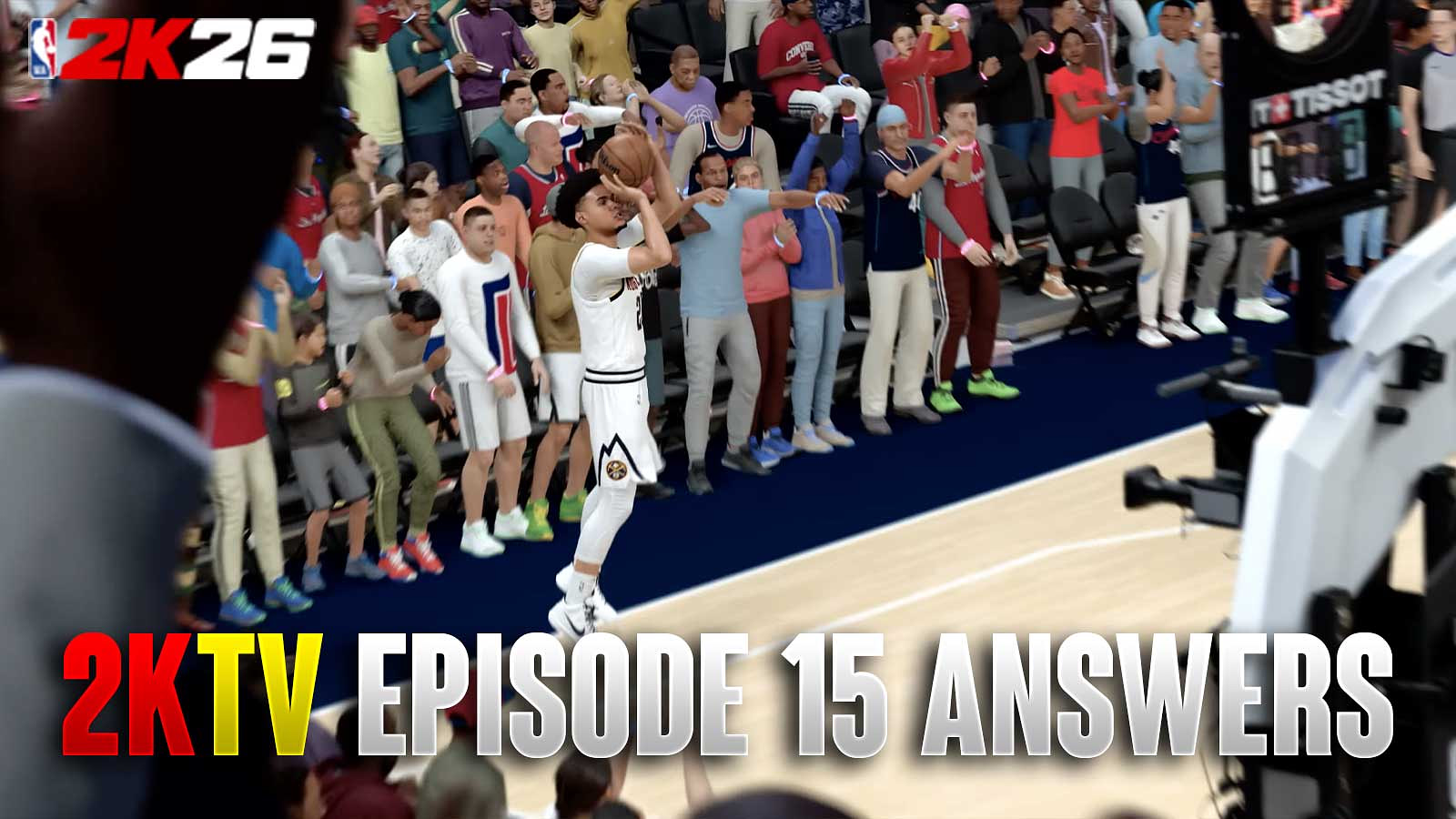College Football 25 introduces a new kicking system in which you need to focus on two major aspects. Of course, there are many familiar kicking features from other EA Sports Football titles, like Madden and the old NCAA Football games. However, not everyone will know about the new kicking system right away. Therefore, we created a College Football 25 kicking guide to help you understand Punts, Field Goals, and Kickoffs. Without further ado, let's help you become a better kicker!
College Football 25 Kicking Guide – How to Kick Punts, Field Goals, Kickoffs
For those who never stopped believing…
🔗: https://t.co/XThgmoRGBc pic.twitter.com/itADCk482F
— EASPORTSCollege (@EASPORTSCollege) July 15, 2024
To kick a Football in College Football 25, players must aim using the Left Stick, and hold the A button to charge the kick's power. Firstly, before we attempt any kicks, it's important to understand how kicking works in College Football 25. Overall, there are two different meters we want to keep our eye on.
The first meter is the accuracy meter, which is the curved horizontal meter that you'll first see before kicking. While you still aim your kick using the Left Stick, this meter influences the accuracy of your kick. If you're in the green, your kick should be accurate. However, if the meter lands on the yellow or red zones, your accuracy may be affected.
Secondly, there is the Power meter, which as the name suggests, revolves around the strength of your kick. Although each kicker has their own Kick power attribute, you can influence the power of their kick when you attempt a Field Goal, Punt, or kickoff. The power meter appears when you first hold the A button, and it charges up until you release it. Overall, it's up to you to get it as high as possible without hitting the red.
Overall, the goal to making a good kick is by:
- Getting close to the green meter
- Charging a powerful kick.
Sky, Squib, and Onside Kicks
On Punts and Kickoffs, you'll have other kicking options other than the standard kick.
Sky Kicks are high kicks that typically do not go far. However, because they take longer to land, it helps prevent the returning team from taking it to the house. So if the clock is down to just a 5 seconds or less, consider using a Sky Kick to prevent a miracle for your opponent.
Squib Kicks provide the same function, and are intended to prevent kick return TDs. However, these kicks are aimed toward the ground instead of going up high This ensures a less-speedy player, and not the main returner, receives the ball. Typically, these players aren't as fast, and won't be able to make a play.
Lastly, Onside Kicks let you recover the ball right after scoring. However, these are high-risk plays that can cause the opponent to start in your territory, if you don't execute it correctly. Overall, there are three types of Onside Kicks you can perform:
- Normal
- High Kick
- Low Kick
on High Kicks, you can have one of your players leap in the air to recover the ball. Conversely, you can use a Low Kick to sweep it below players and catch them off-guard. Performing Onside Kicks isn't easy, so feel free to use the game's Training Modes to help you practice it.
Regardless of which kick you use, it's important to remember how the accuracy and power meters work. Over time, you'll get the hang of it. Just remember that you're controlling College players, and not NFL quality kickers like Jake Elliott or Justin Tucker.
Overall, that wraps up our College Football 25 Kicking Guide on Punts, Kickoffs, and Field Goals. We hope this guide helps you across a variety of Special Teams situations. Feel free to check out our other guides on Recruiting, Passing, and Mental Abilities.
For more gaming and NCAAF news, visit ClutchPoints. Furthermore, subscribe to our gaming newsletter for more weekly info.







